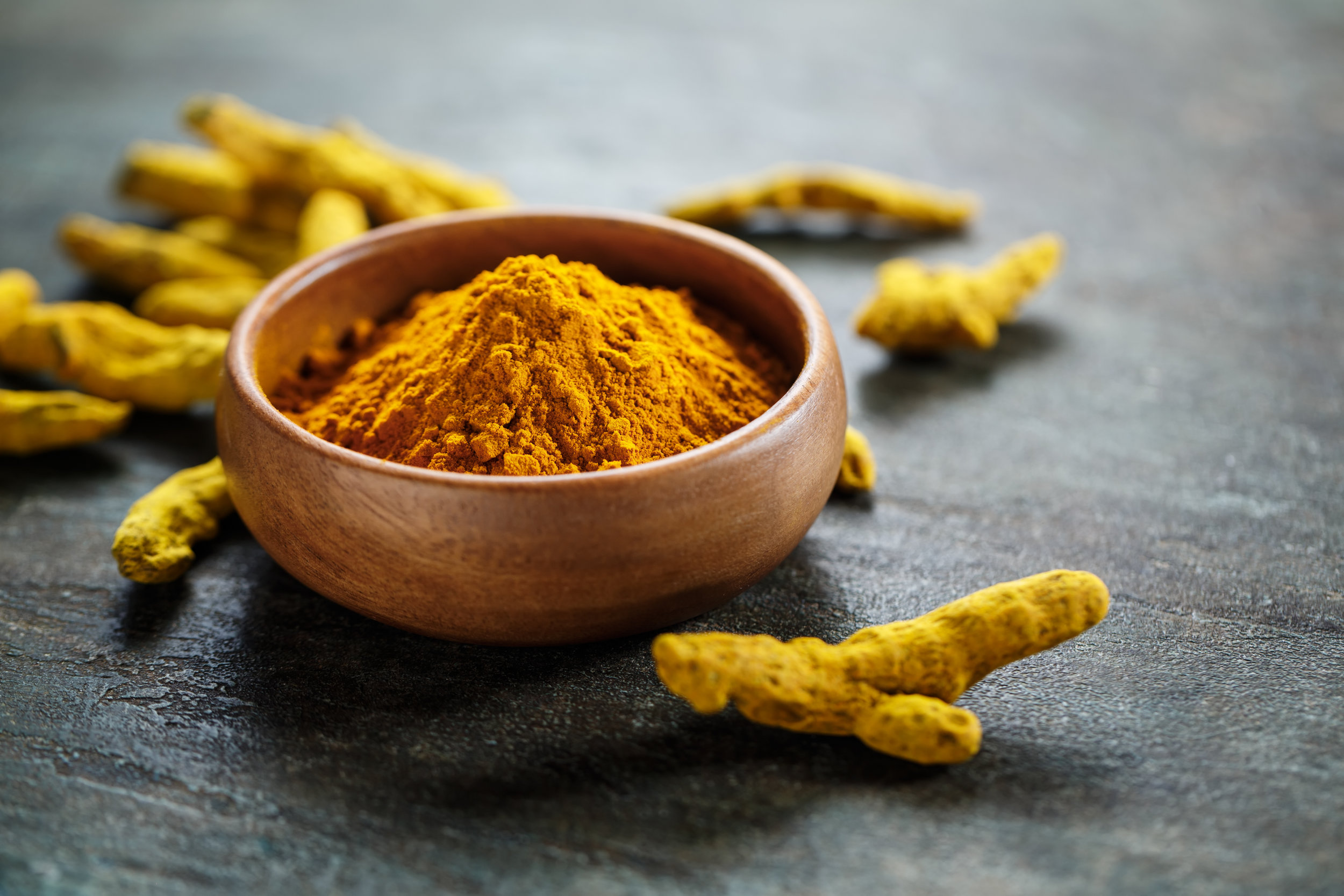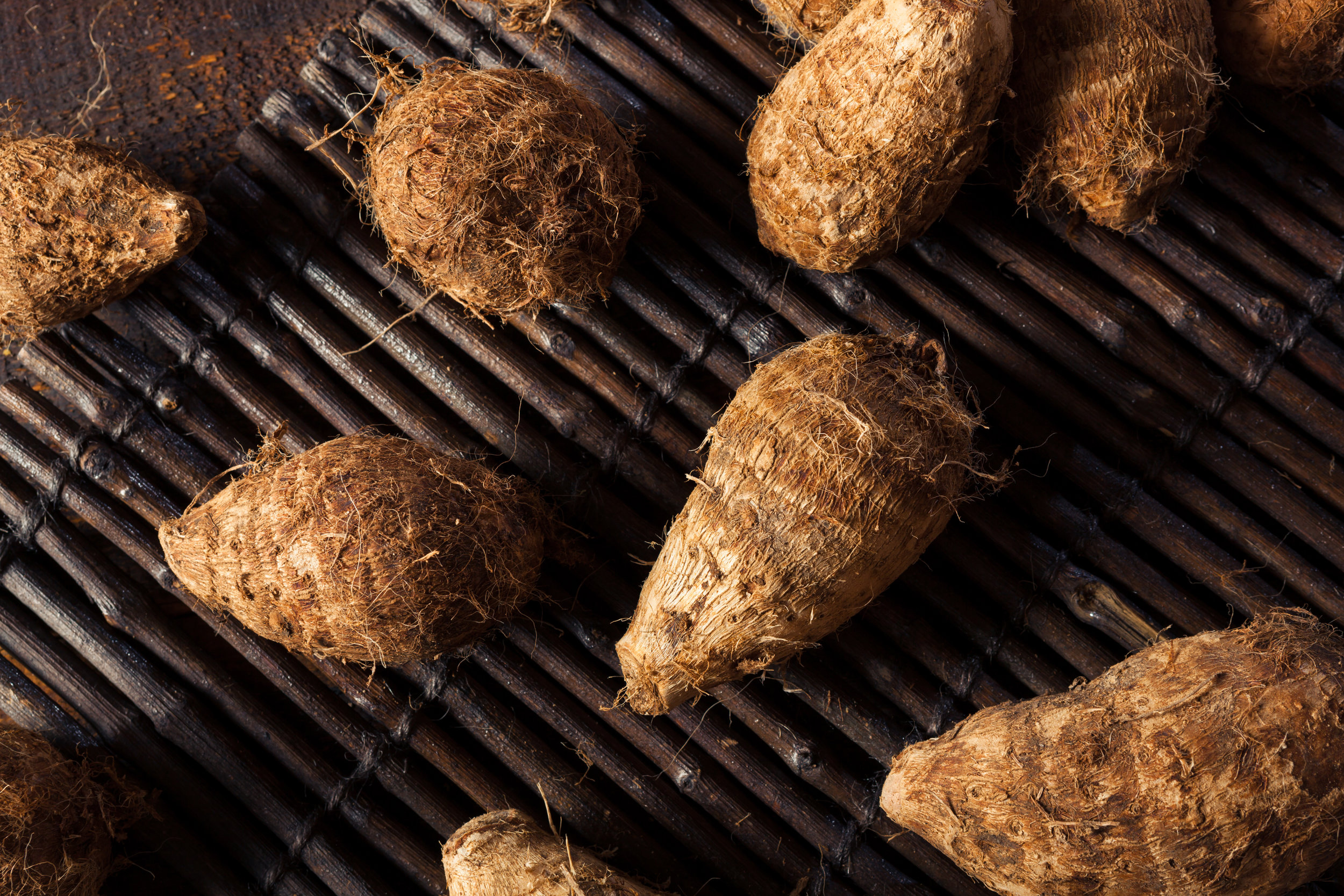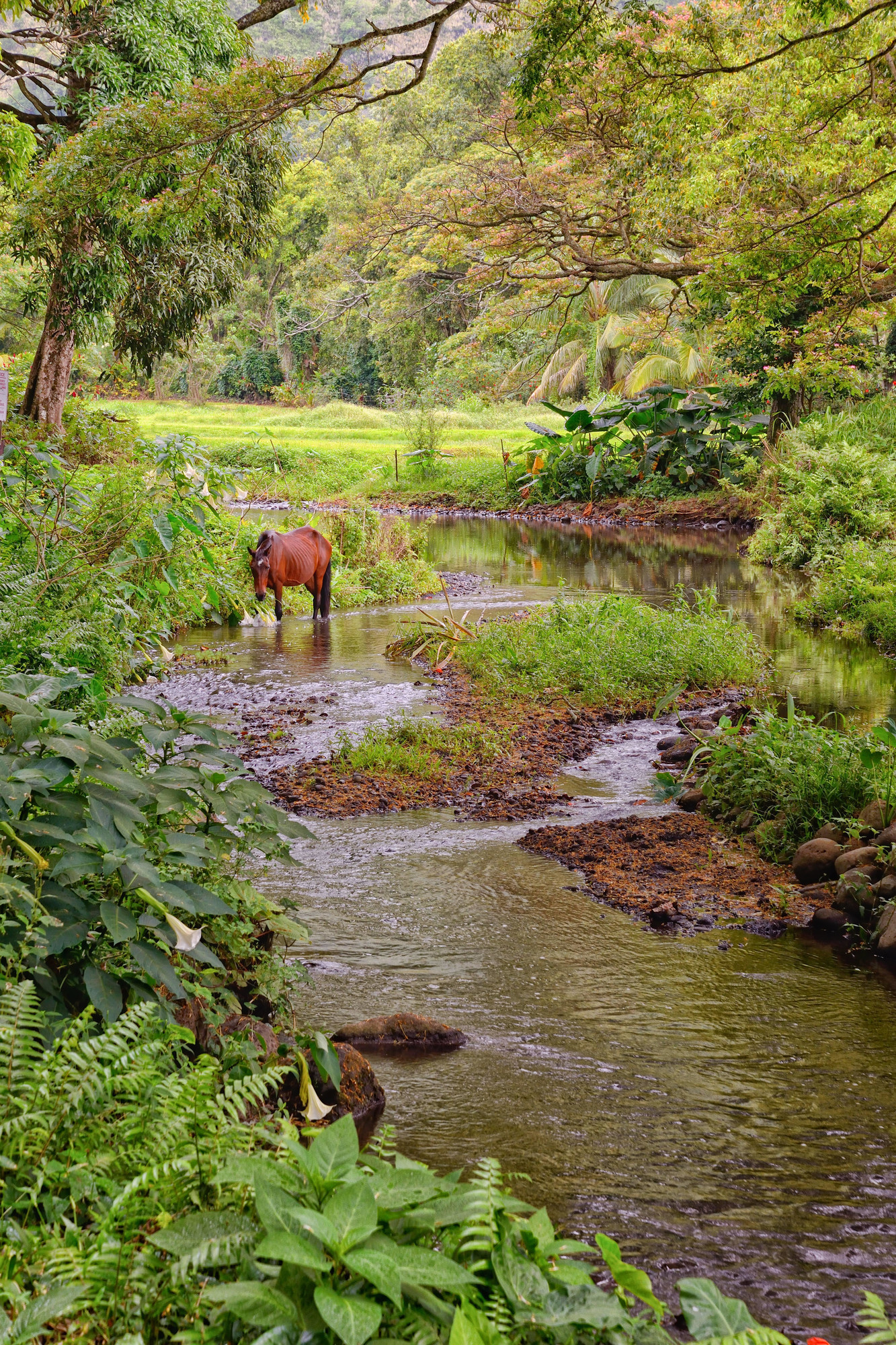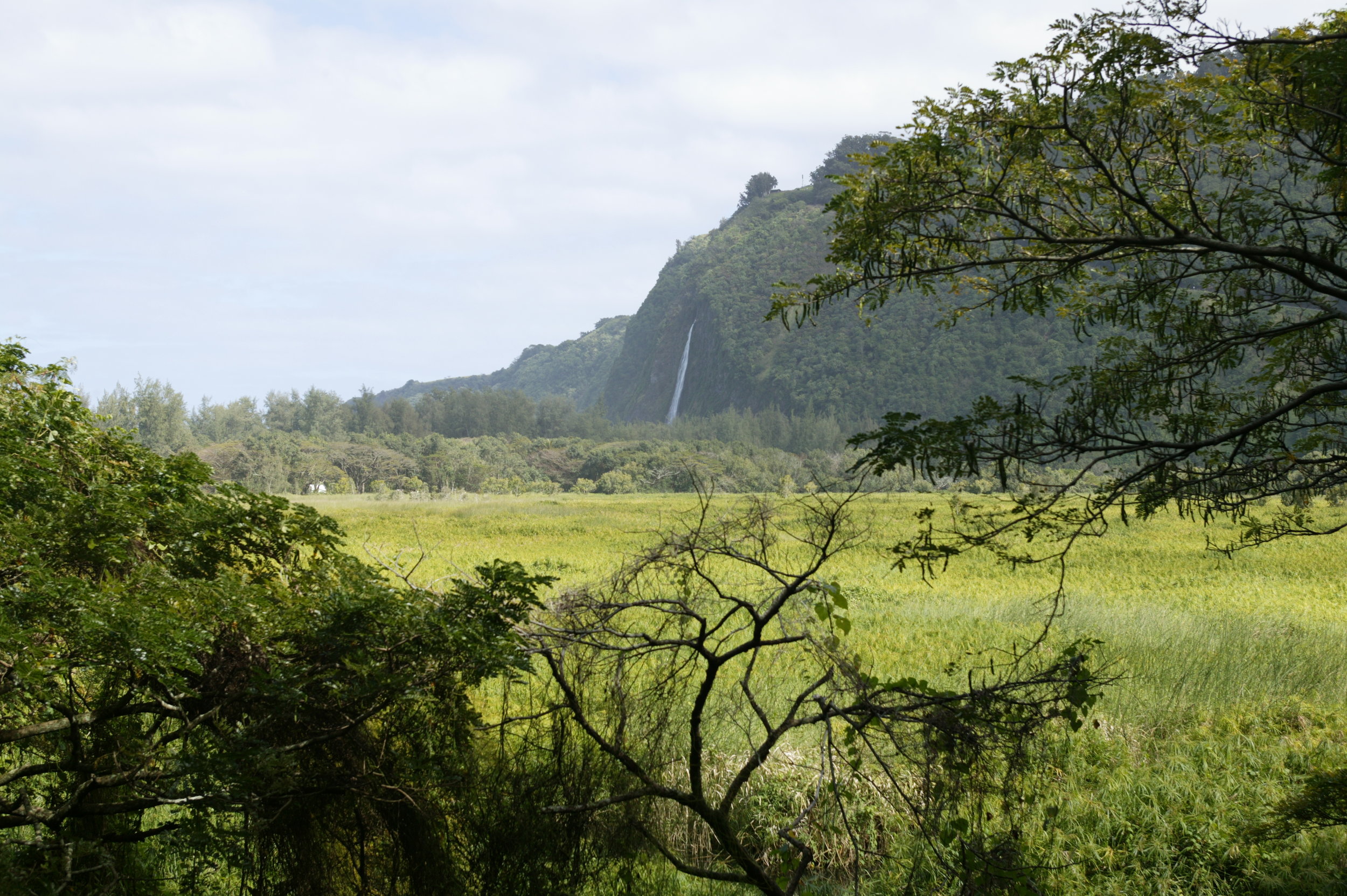
History & Lore
The Hamakua Coast is the ideal destination for anyone ready to reconnect with the sacred nature and culture of Hawaii, or for those who want to experience one of the last places on the Hawaiian islands that has remained vastly untouched. Hamakua means “Breath of God” in the Hawaiian language, and a trip to our off-grid ecological sanctuary reveals the immense natural beauty, clear air, abundance of life and meditative environments that inspired such a name.
Waipi’o meaning “curved water” in the Hawaiian language is the name that the ancient inhabitants of the valley gave to the twisting river that flows through the center of the valley. This waterfall fed river flows directly to the Pacific Ocean, and splits the Black Sand Beach in half.
Waipi’o Valley has been an integral geographic location for cultural and religious life on the Hawaiian Islands. It’s the southernmost and largest of the seven valleys along the Hamakua Coast it is an impressive six miles deep, and at its mouth (Black Sand Beach) it is nearly a mile wide. Known as The Valley of The Kings, Waipi’o was once densely populated, bursting with life and home to many ancient Hawaiian rulers. In the 1700’s, this secluded valley was the boyhood home of King Kamehameha the Great, ruling chief of the Hawaiian Islands, and the person credited with uniting the islands under one ruler - he rested between battles and sought refuge with his warriors in this fertile valley.
Known for its tranquil beauty and isolation, historic Waipi’o Valley vibrates with “mana” or spiritual power. Surrounded by 2000-foot walls, the Valley has a series of dazzling cliffs with spectacular views of the ocean and the rich valley floor. Ancient burial caves are located in the walls of these cliffs and many ancient myths, chants and songs originate in Waipiʻo.
In 1946 the Big Island of Hawaii experienced a devastating and destructive tsunami that hit the Waipi’o Valley especially hard. There was an estimated 4-10 thousand people living in the valley prior to this tsunami. The aftermath of this natural disaster left the valley and people in want, almost every surviving person relocated to a new part of the island. This tsunami was the reason the U.S. established the Seismic Sea Wave Warning System.
Since 1946, the valley has remained vastly unpopulated - home to just a few residences, the rich and fertile land has mostly been transformed into farmland that produces taro. Kalo is the Hawaiian word for taro which is and has been a staple in the diet, culture, spirituality and lore of the islanders since the beginning. According to mythology, Wakea and the goddess Ho’ohokukalani tried to have a child. Resulting in a still birth, the mortified deities buried their stillborn child near to their home, and from the body of this child a taro plant grew, which they named Haloanaka. The couple tried again and had a human boy named Haloa from whom, according to this myth, the Hawaiian race of people descended. Taro for this reason plays an incredible role in the Hawaiian culture - the people are related to it.






